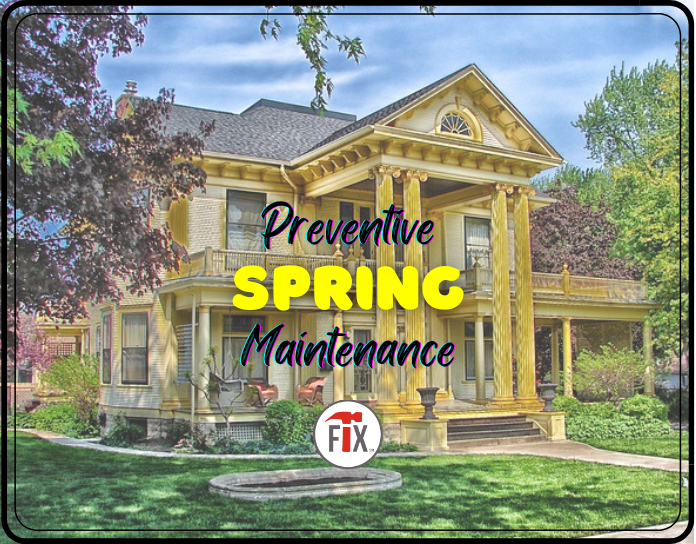
Updated: 12/20/2023
Winter is on the way out (hopefully) and spring is in the air! It's almost time for “front porch” weather again, but first we need to perform a spring house maintenance check to see how well our house held up through the wicked winter weather. It's important to stress the importance of spring preventive maintenance in and around your house. Let’s get to work!
Spring house maintenance checks are much like an abbreviated “whole house” inspection (at time of purchase), previously covered HERE.
SO, WHAT IF I’M NOT HANDY AROUND THE HOUSE?
That's ok! Home inspections aren’t just reserved for real estate transactions. If you aren’t handy around the house, and are left wondering if your home may need a little TLC to keep it in tip-top shape, by all means, hire a home inspector to come evaluate your house, give you a detailed to-do list, and they will even perform a follow-up inspection to ensure the work was executed correctly, and to code.
Find out more from US Inspect HERE and check out the previous blog on this topic.
HOUSE PREVENTIVE MAINTENANCE
So what is preventive maintenance? According to Grainger
Preventative maintenance is defined as regularly scheduled inspections, tests, servicing, replacements, repairs and other tasks intended to help reduce the impact and frequency of equipment failures. This includes scheduled preventative maintenance, predictive maintenance and inspection activities.
The objective of preventive maintenance is to repair or replace a component (caulk, grout, siding, shingles, etc) or system (plumbing, heating, cooling, electrical, etc) BEFORE it fails or experiences unexpected downtime.
Whether its your house, car, or lawnmower, preventive maintenance is key to extending service life, and reducing life cycle costs, repair, and premature replacement.
For example, it is much easier to maintain exterior caulk and paint, rather than ignore it for years and now the siding, framing, and structure are now rotten and compromised. You would now face a major repair bill.
Also, if you ever plan to sell, it is much easier/cheaper to keep a house maintained along the way, than to have a long laundry list that now needs to be completed quickly, and at a great expense! This could delay or prevent the sale once the home inspector shows up and documents years of neglect.
The 10 Most Common Homeowner Mistakes
So, given this info, let's formulate a plan to have a proactive approach when it comes to Spring preventive maintenance! For this, we’ll need to draft a specific checklist, broken down into smaller tasks, and always by season!
MY OLD HOUSE “FIX” SPRING HOUSE MAINTENANCE CHECKLIST
My Old House”Fix” has one completed just for you! CLICK HERE to download and print your own PDF copy to use for your spring inspection.
SPRING HOUSE MAINTENANCE
EXTERIOR
Chimney and Flashing – Check the chimney for damaged or deteriorating bricks and mortar. Check to ensure flashing is in place, no gaps, and sealed and secure to the chimney and roof. Any gaps, cracks, and penetrations can cause water leaks.
Roof Flashing – Inspect for lifting, separating, damage, and ensure it has full coverage over the roof decking material to prevent wood rot and pest, insects, ect from entering soffits and attic.
Roof Shingles – Check for roofing nail heads popping through shingles and patch as needed. Check for lifting, worn, curling, missing, and delaminated shingles. Most asphalt shingle roofs only last about 15-20 years.
Gutters and Downspouts – Inspect for damage and warping from ice and snow. Ensure they are firmly secured to fascia boards/brackets. Make sure they are clear of debris, and drain properly. Make sure downspouts and joints are not clogged and water is draining away from the foundation/house.
Exterior Penetrations/Openings – Inspect around all vents, pipes, trim, etc, to keep out the elements, water/rain, insects, animals, etc. You want to keep the exterior building envelope tightly sealed and closed to any intruders that may want to move in.
Exterior Wash – Once per year, after pollen season, give your house a good wash to keep it looking new and clean for paint touch ups. If using a pressure washer, keep the fan setting at its widest setting and don’t get too close, as damage will result.
Exterior Walls (wood/brick) – Check wood siding to make sure it is secure. Check for rot, peeling paint (and signs of excessive moisture), and failed caulk. For brick, check for deteriorating/damaged brick, and broken/missing mortar.
Exterior Trim – Check all trim and casings to make sure it is secure with no gaps to the building. Check for rot, peeling paint (and signs of excessive moisture), and failed caulk.
Windows and Storms – Check condition of paint and wood, check all mounting hardware and function (latches, hinges, ropes, weights, etc. Swap storms for screens once pollen season is over and weather warms.
Foundation – Check for broken, damaged, missing mortar. Check masonry and/or concrete for cracks and damage. Ensure that slope and grade of the soil around the house (6-8 feet) is sufficient to allow rainwater to drain away easily.
Exterior Plumbing – Check for leaks on all exterior faucets, pipes, and shut off valves. Also check your sprinkler system for service, proper function, and for leaks.
SPRING HOUSE MAINTENANCE
INTERIOR
Attic Check – Check the overall condition of your attic. Check for signs of water leaks, mold, chimney brick and mortar, condition of insulation, and signs of animals nesting or gaining access to the inside.
A/C Service (attic and/or basement) – A single system could be in the attic or basement. A split system could be in both. Change the filter at least annually, and clean it every few months (or per owners manual). Check all ducts that are visible to ensure all are secure and properly connected (aluminum tape doesn’t last forever). Check the drain pipe connection and make sure the drain pan is clean and clear – you don’t want water backing up and causing major damage.
A/C Condensate pump – This pump evacuates all the water and condensation that the A/C system generates. To prevent drip pan backup and water damage, ensure the pump is working properly, drain pipes remain clean and clear, and it is draining properly.
ERV Service (every 6 months) – Make sure ducts are secure, service and clean/change pre-filter, dust filter, and HEPA filter (if applicable) per manufacturer's instructions. See previous blog on ERV maintenance and service HERE.
Basement – Check for water intrusion and dampness at the floor and walls. Check the foundation for cracks and damage. Check for gaps and cracks in the masonry, stone, or mortar. Check for signs of mold and keep humidity low. Check the sump pump for proper operation and draining.
Interior Plumbing – Check all sinks, tubs, plumbing pipes, fixtures, and valves for leaks and proper operation. Perform drain maintenance and cleaning every 6 month to keep drains from turning smelly and running/draining like new. See previous blog on plumbing and drain maintenance.
Whole House Water Filtration System – Change filters and clean filter canisters every 6 months or as directed in the owner's manual.
Refrigerator – Clean condenser coils (located in front or rear), drip pan, and drain per the owner's manual. Check all door seals for proper seal (use the dollar bill trick), and change the integrated water filter. A dirty water filter can make for even dirtier drinking water.
Smoke and Carbon Monoxide Detectors – Replace the batteries every year 1) battery operated and 2) hard-wired electric with battery backup. Test to make sure they are working properly per manufacturer's specifications and owners manual.
Clothes Dryer and Vent – Check for debris and ensure the vent pipe is sealed and has no open penetrations to the outside where small animals can get in. Clean all lint from the clothes dryer and the vent (per operators manual) to prevent fire hazards
SPRING HOUSE MAINTENANCE
LANDSCAPING
Yard / Grass – Rake leftover sediment and leaves from last year. Dethatch if needed, and aerate prior to first fertilization of the season
Read HERE for more on Old House Preventive Maintenance.
I hope this information helps to promote a proactive approach for you this spring in regards to performing Spring Preventive Maintenance on your home. Any questions/comments? Hit me up in the comments section. Thanks!
Best of luck, and keep on Fixing!

For more info visit: www.myoldhousefix.com

Posts may contain affiliate links. If you use these links to buy something, we may earn a small commission (at no additional cost to you). Full disclaimer HERE.

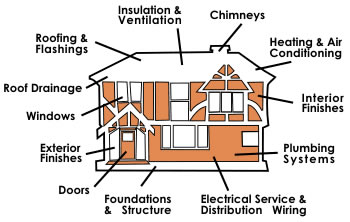


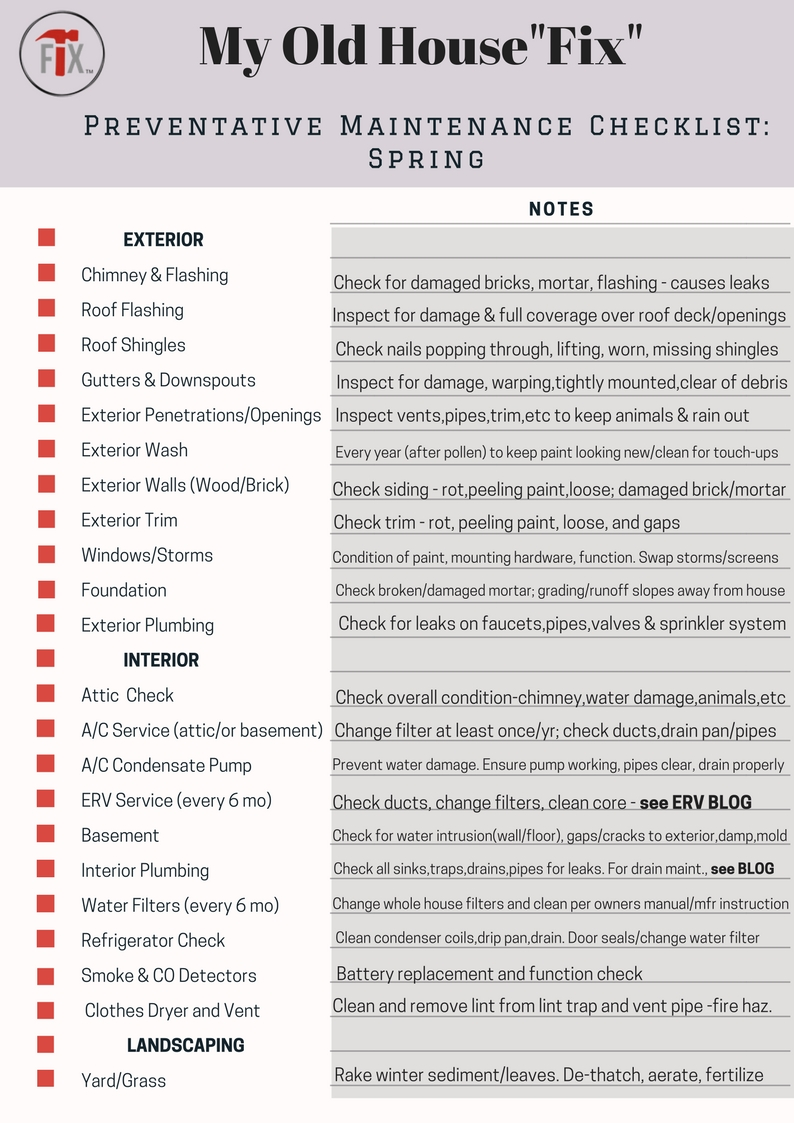
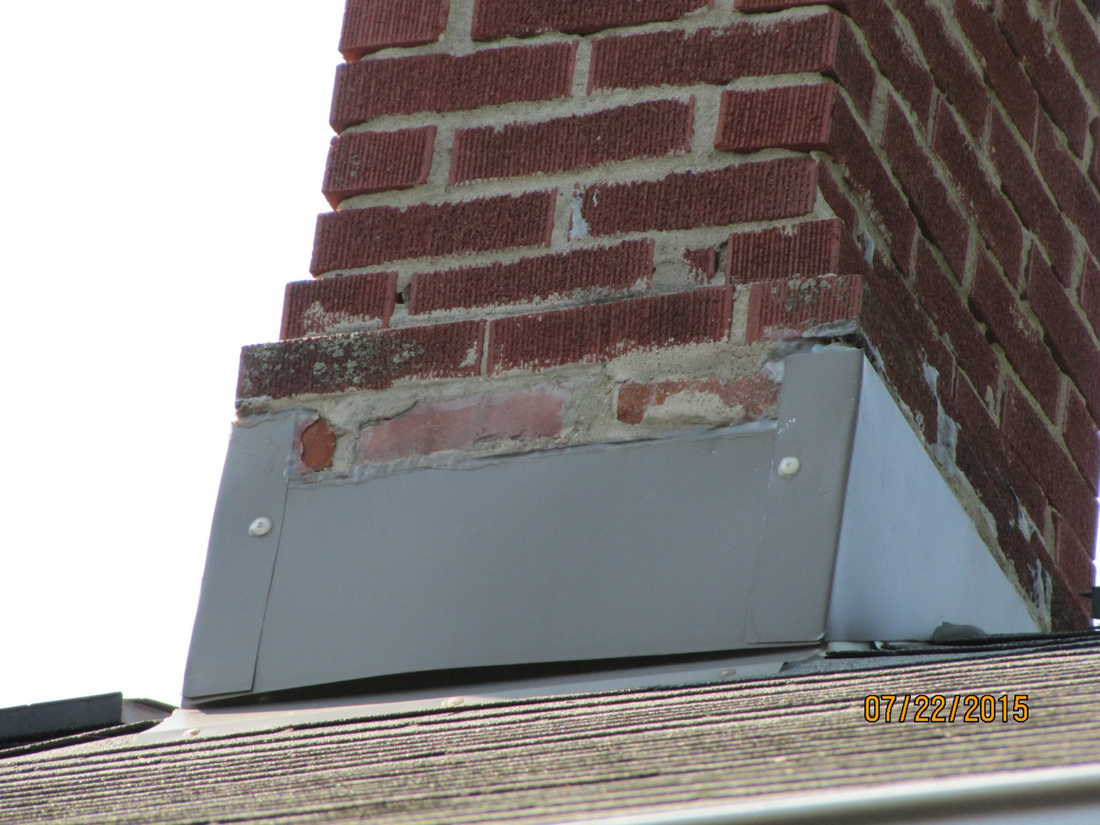
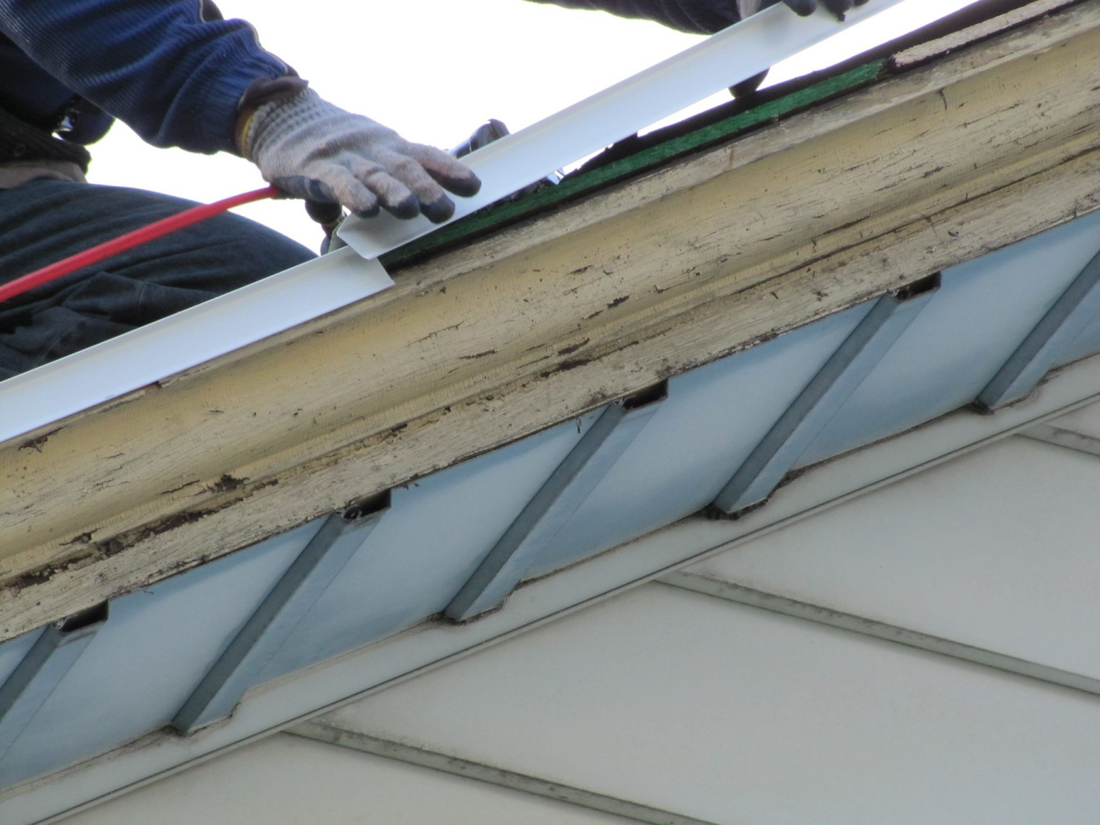
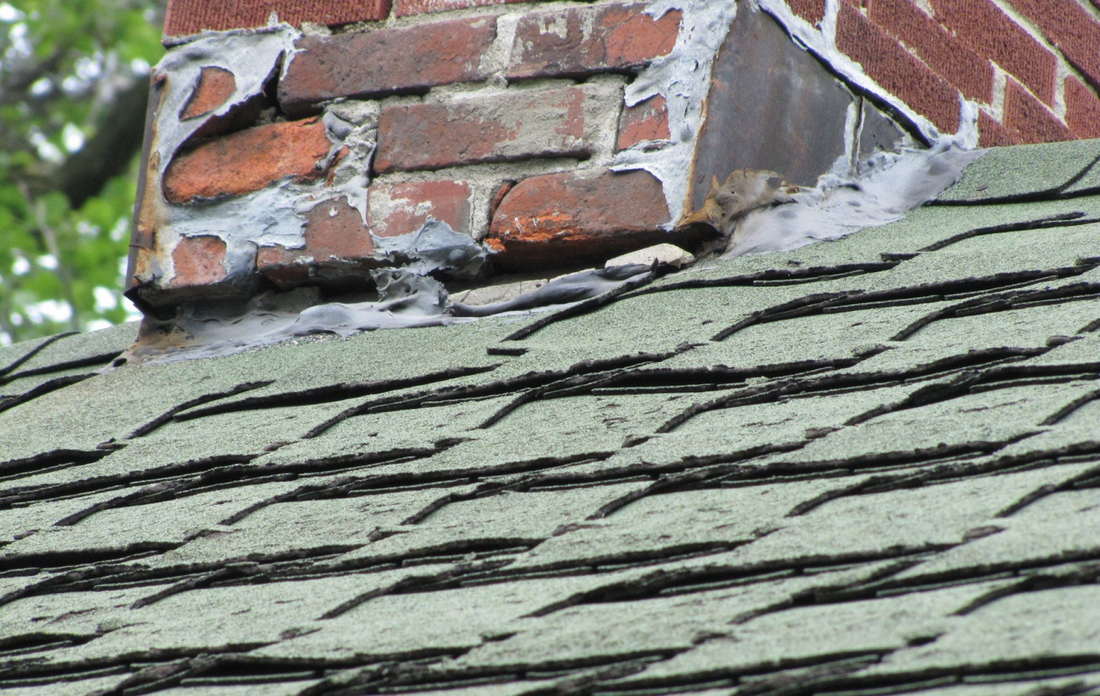
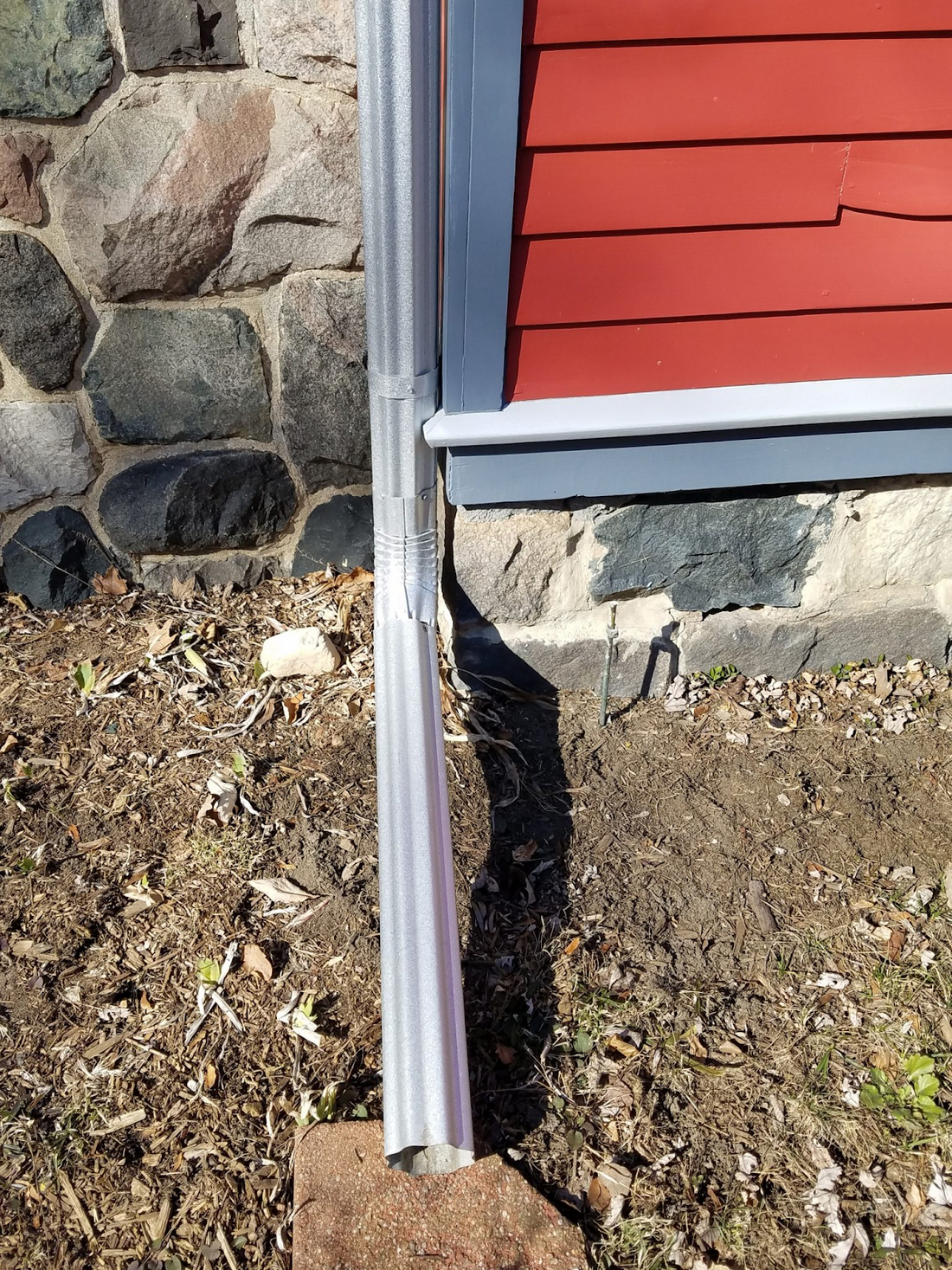
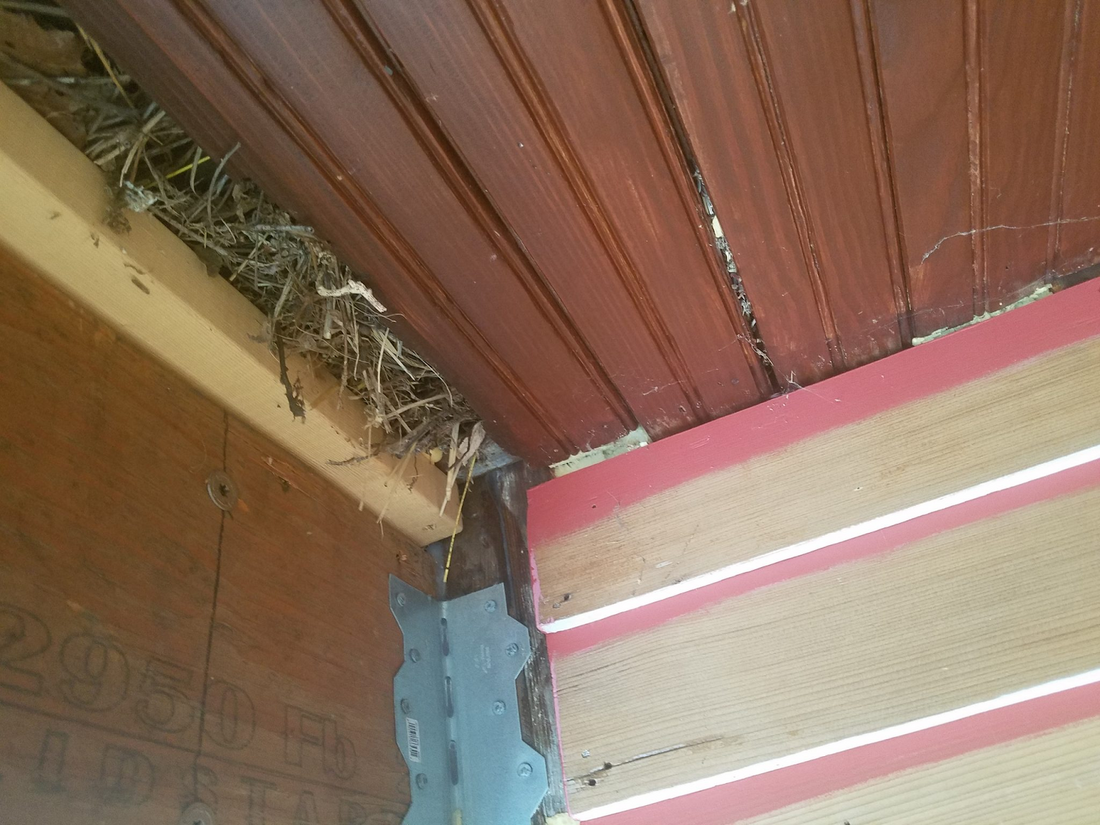
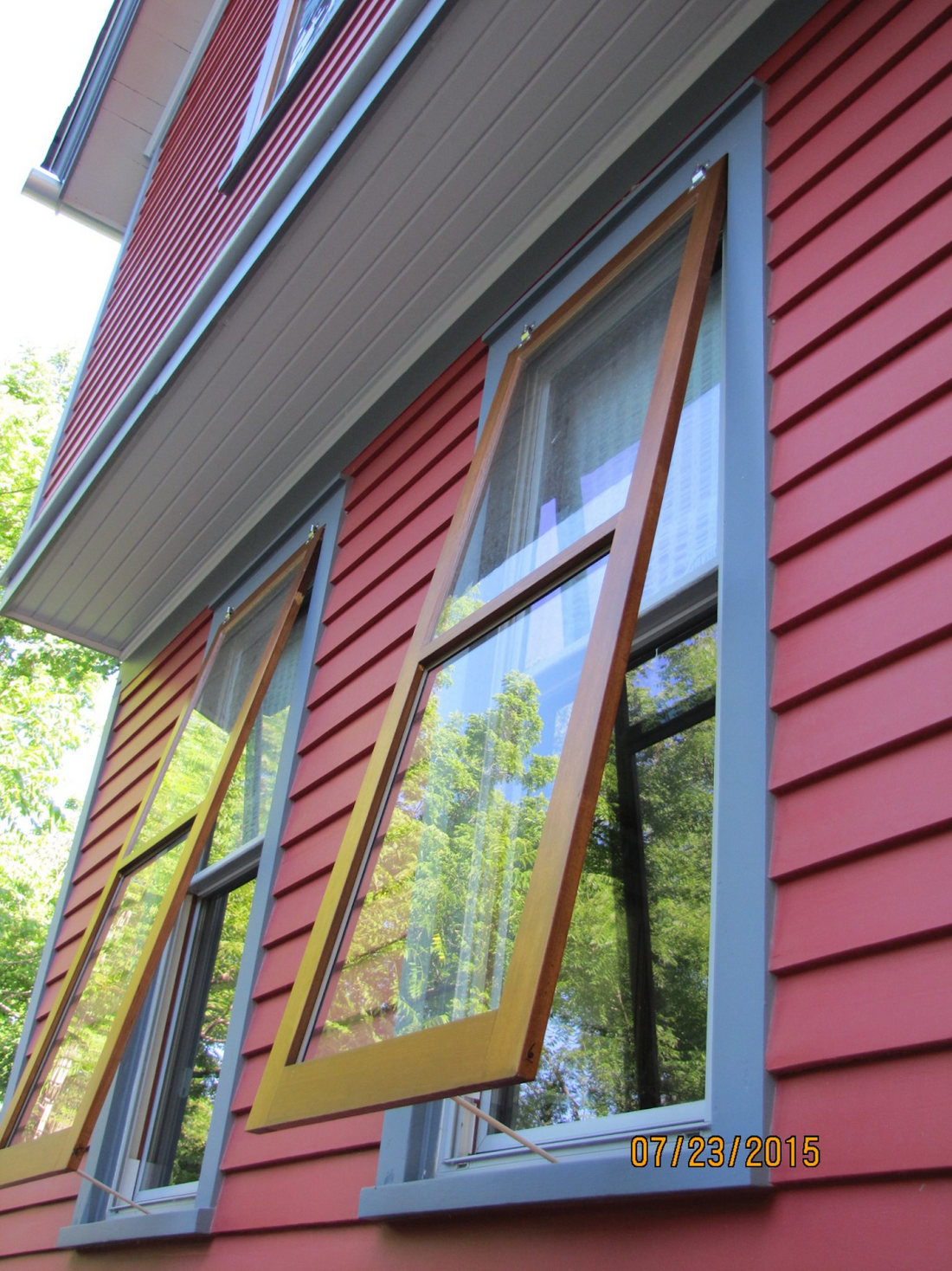
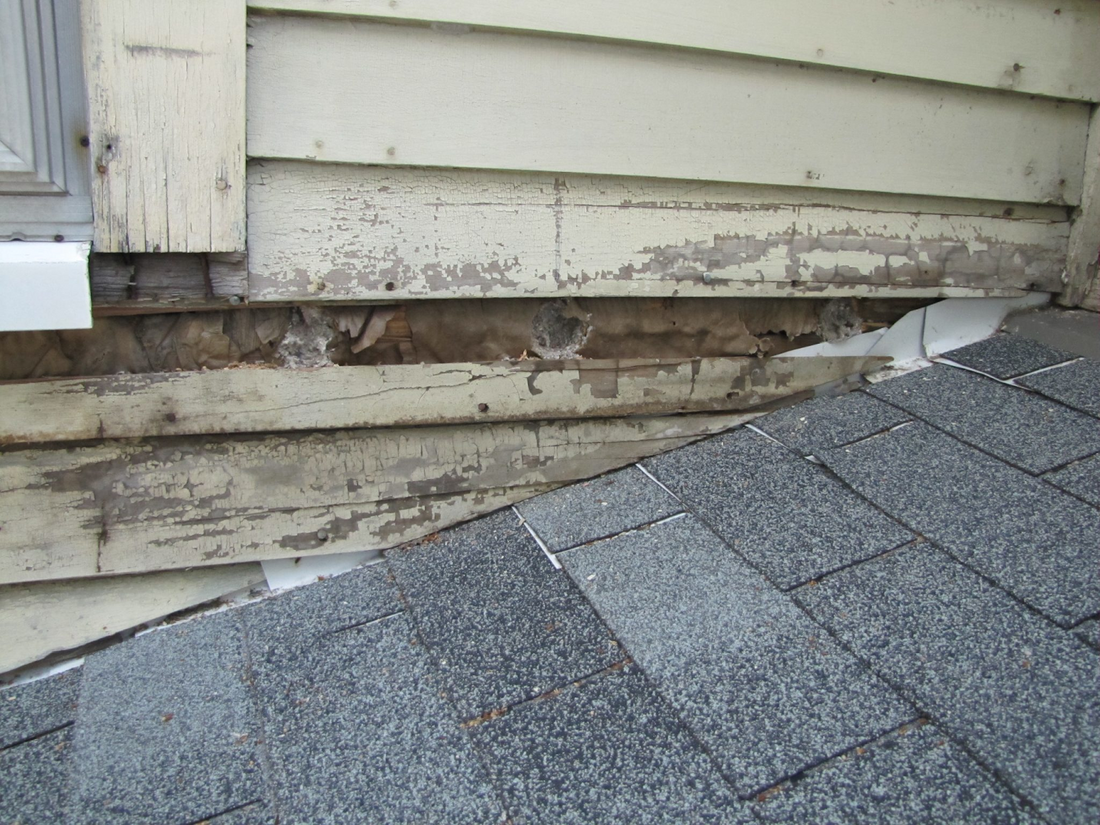
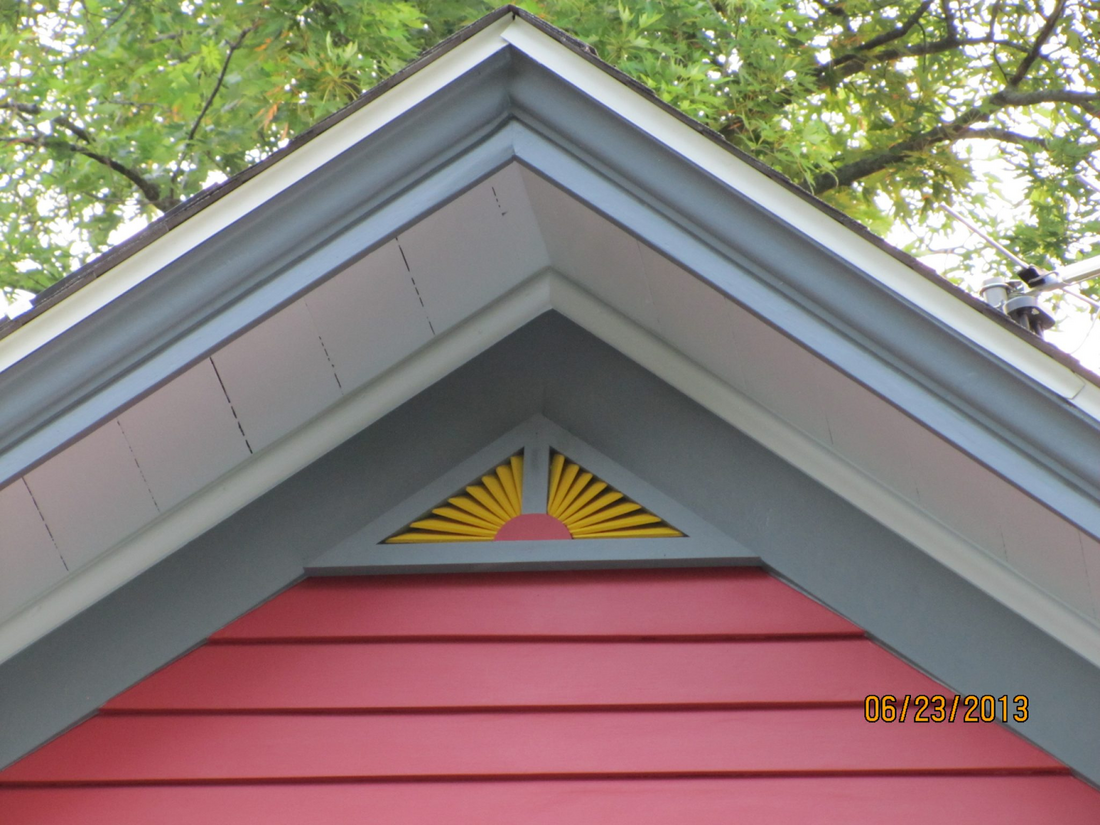
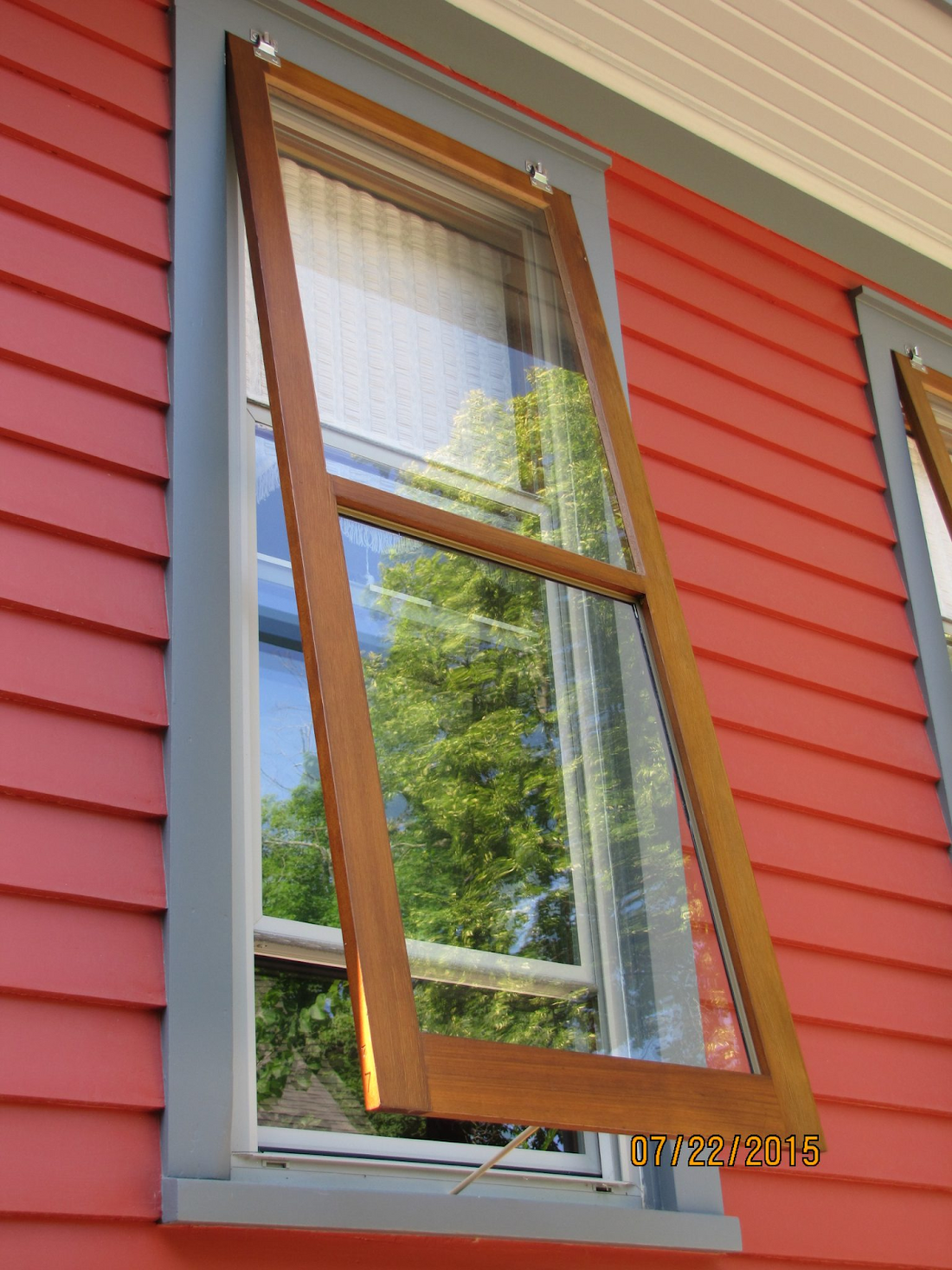
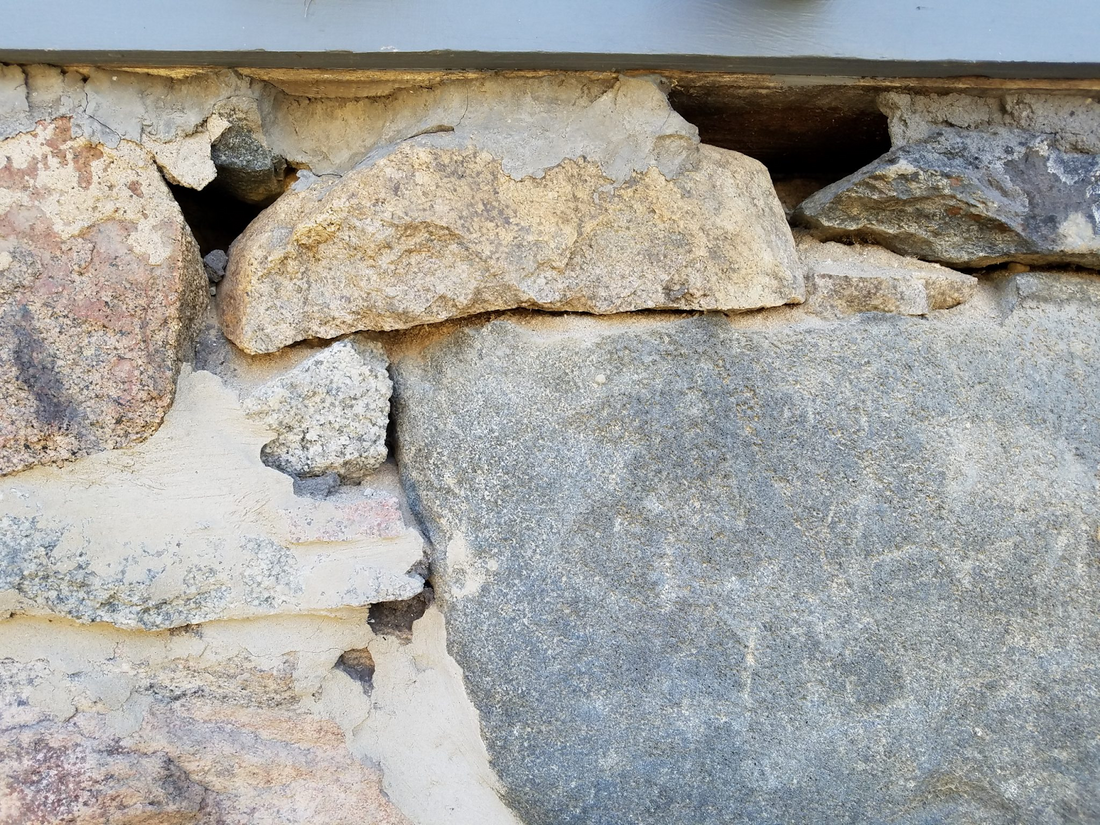
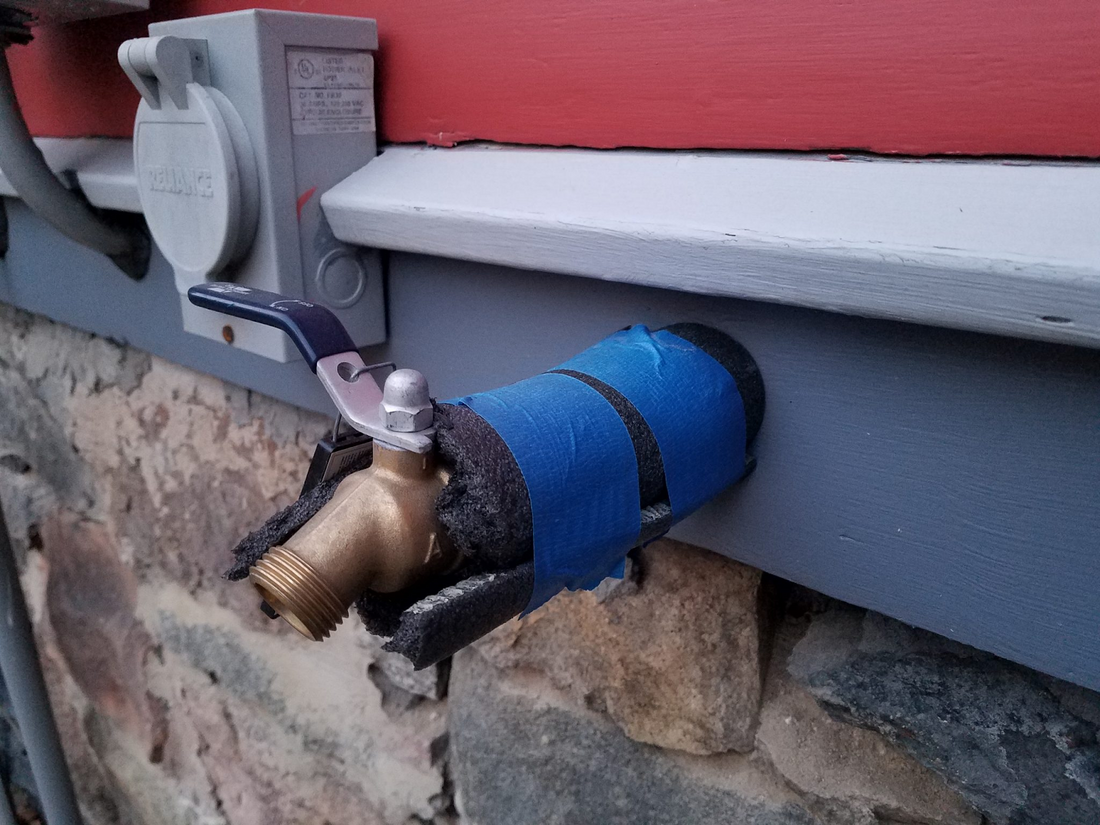
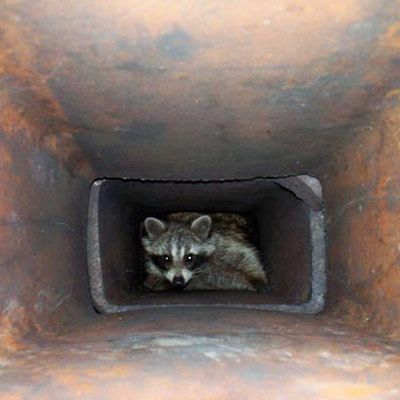
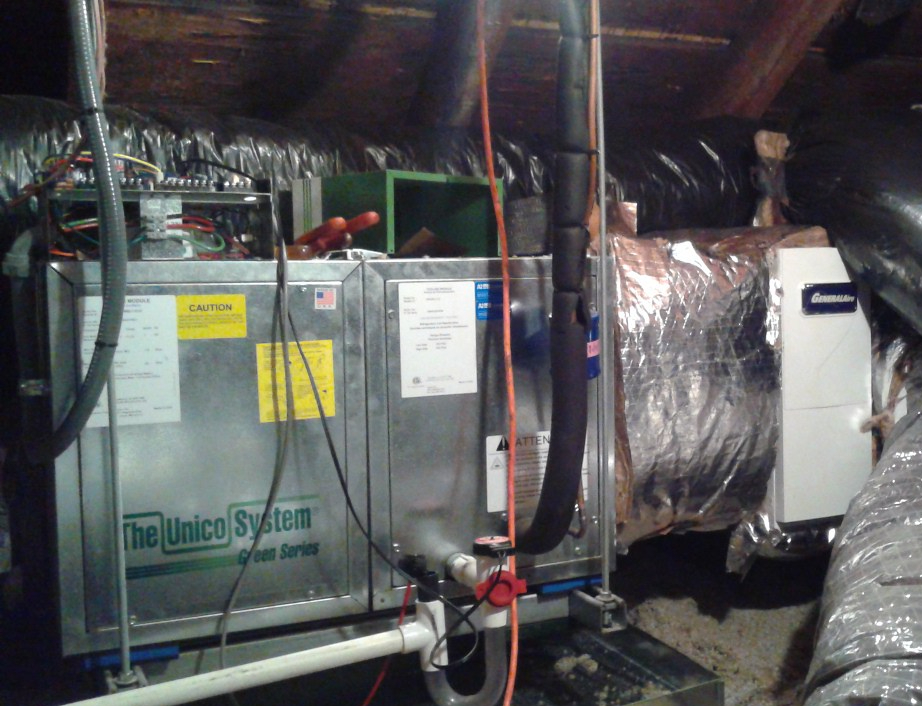
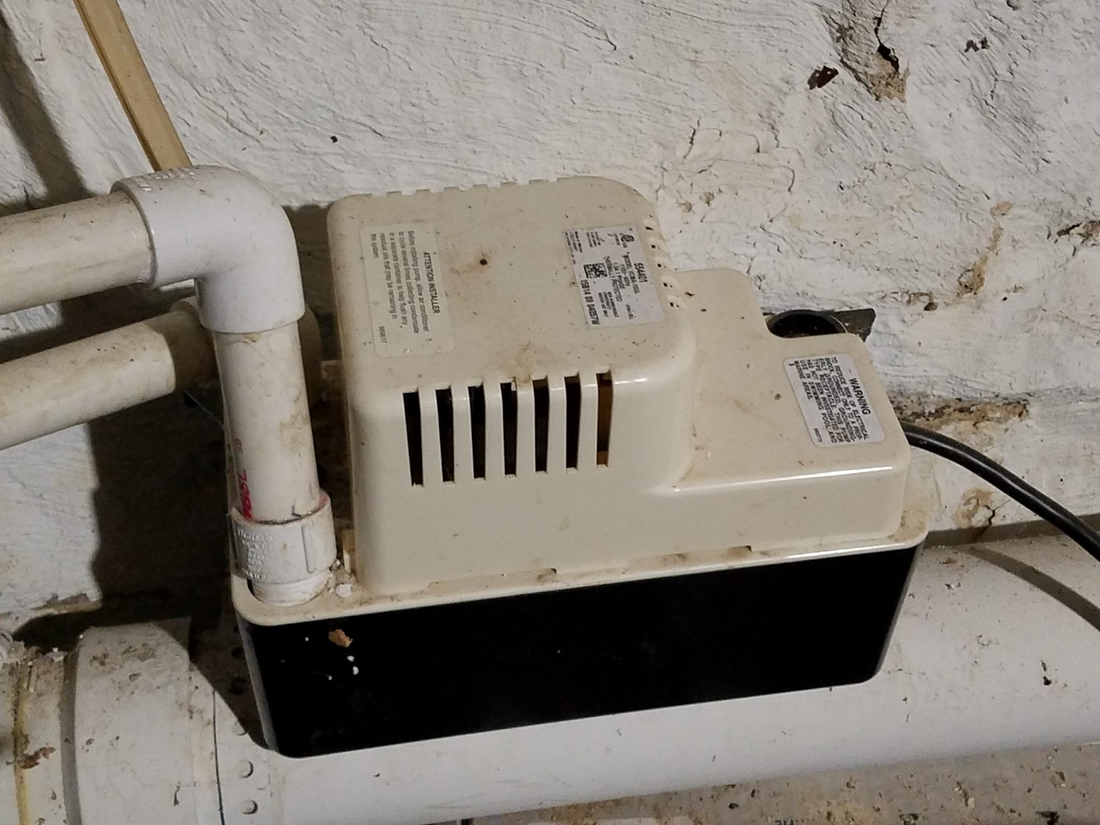
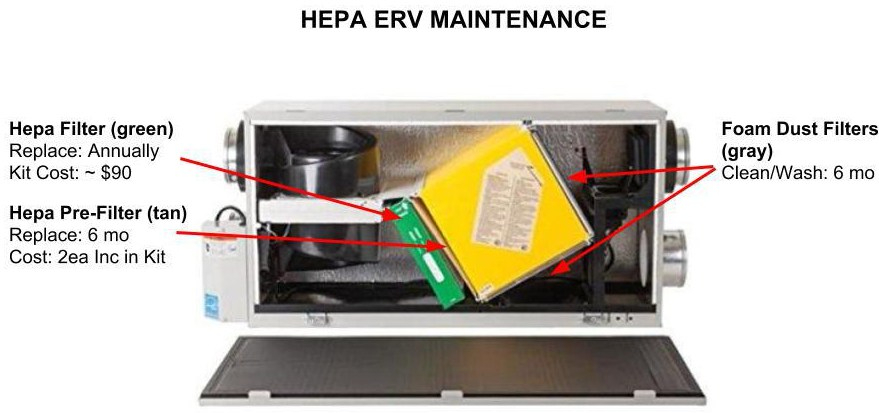
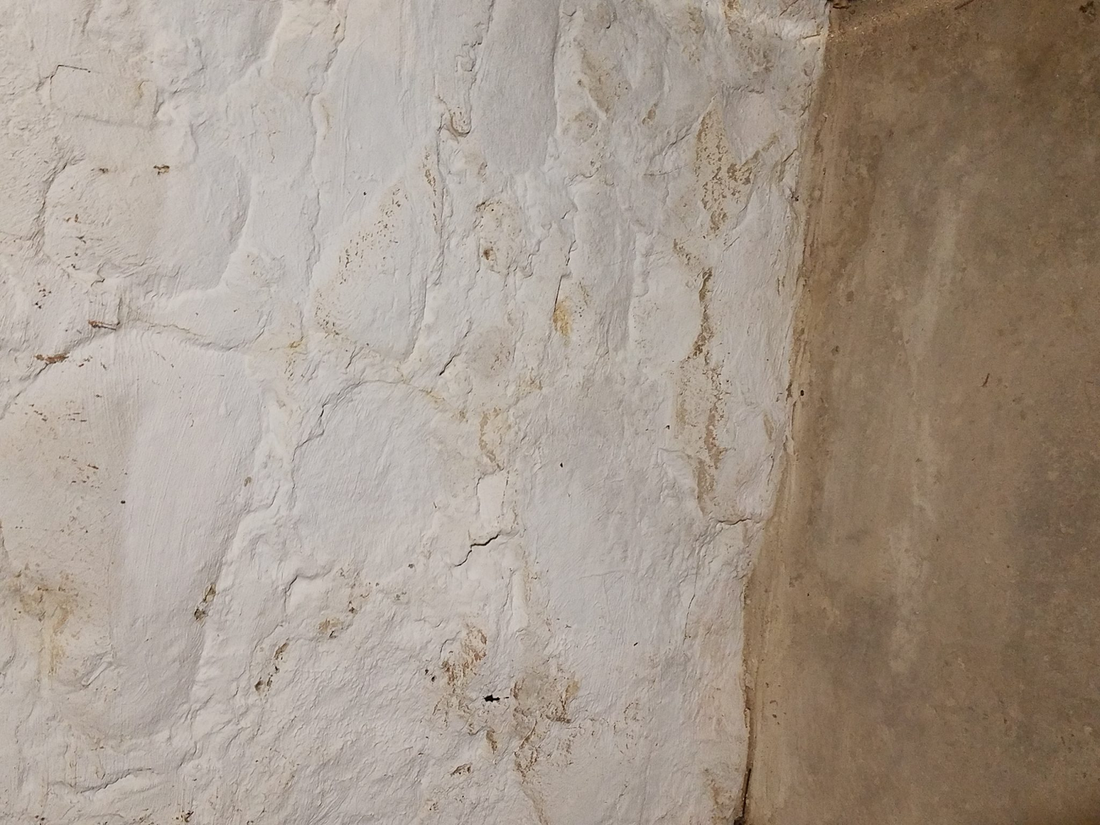
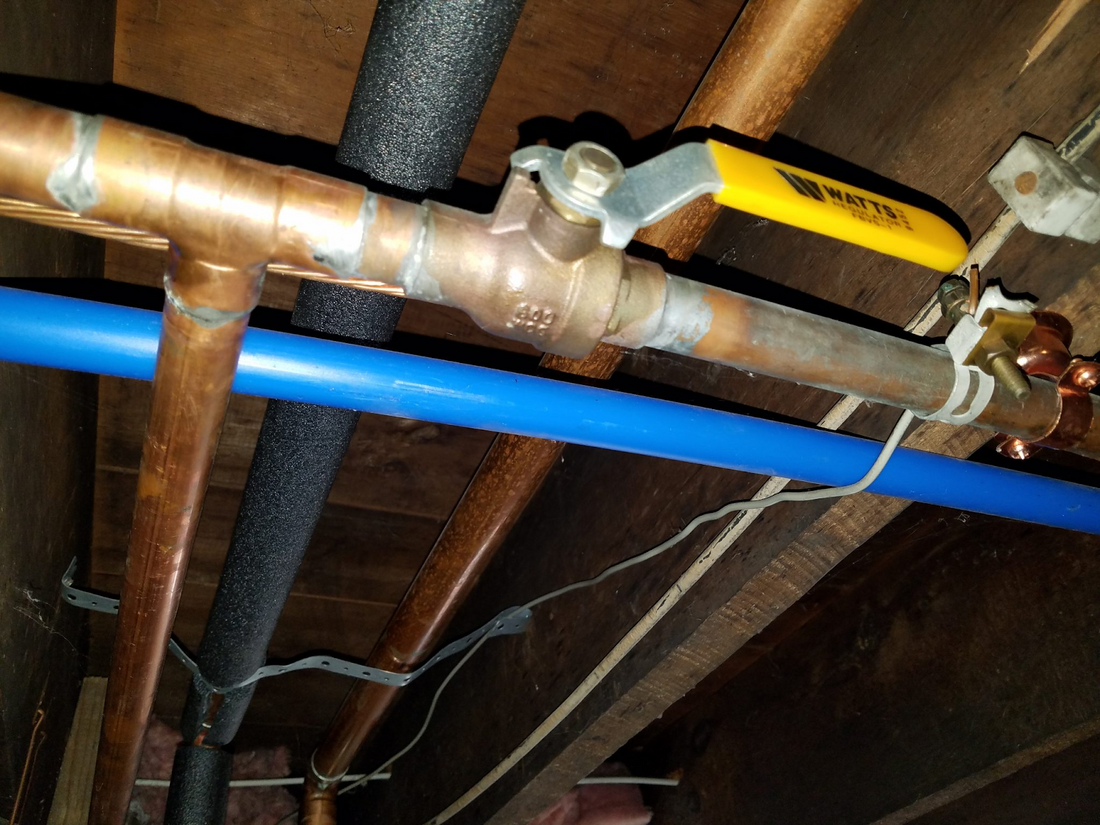
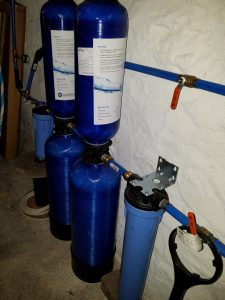
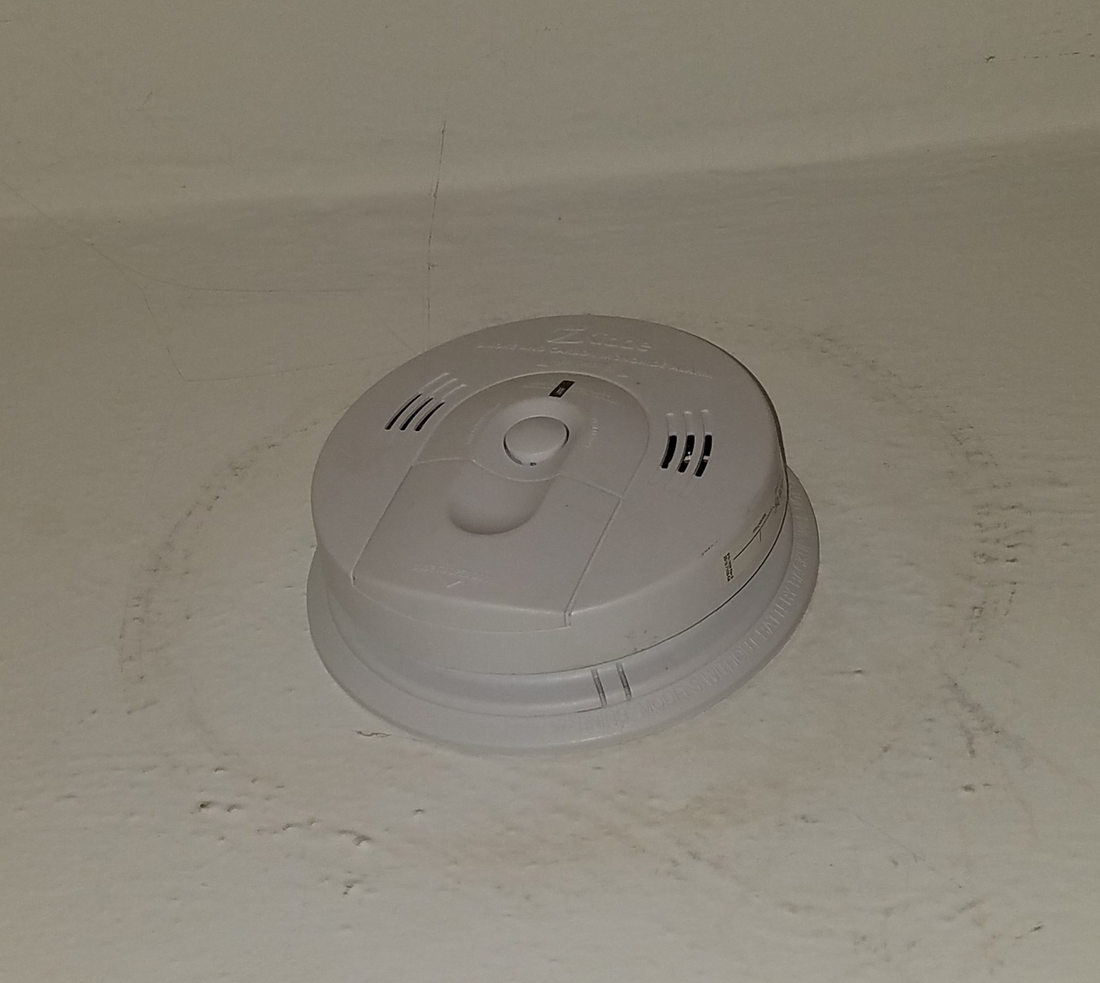
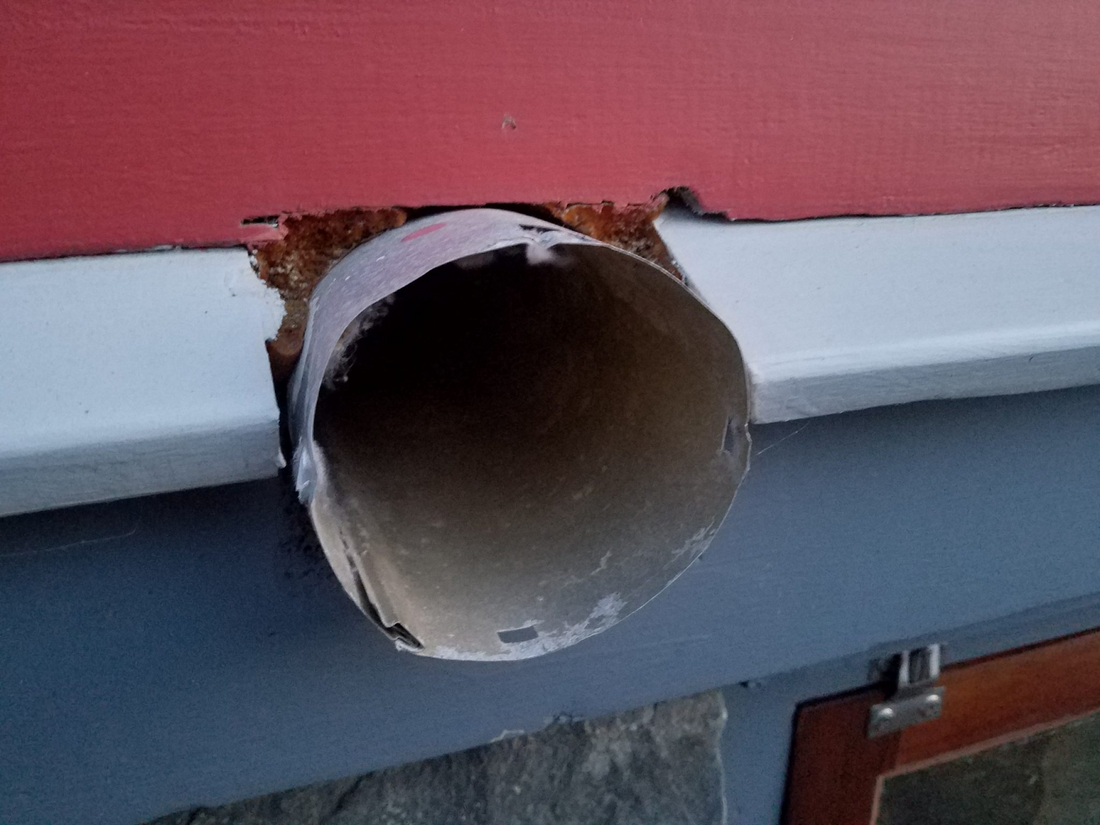
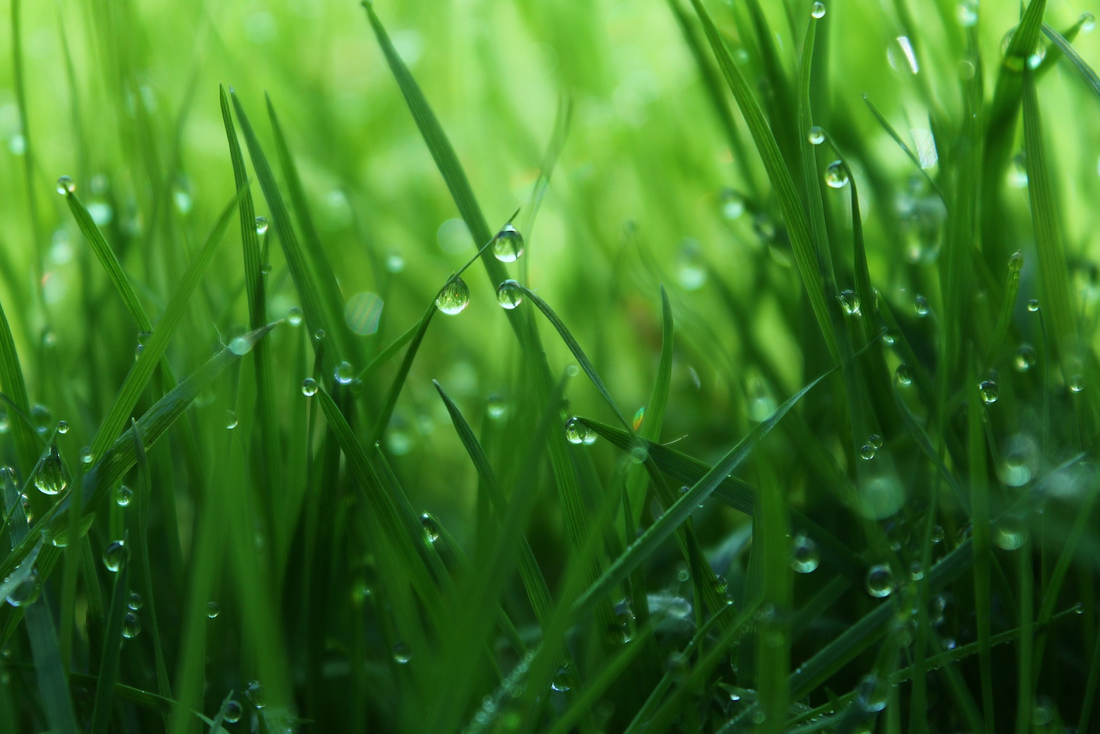
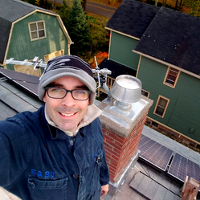

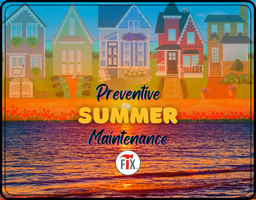
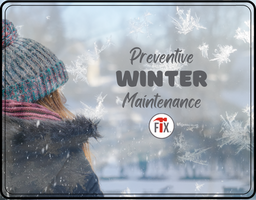
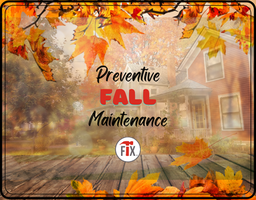

0 Comment(s)